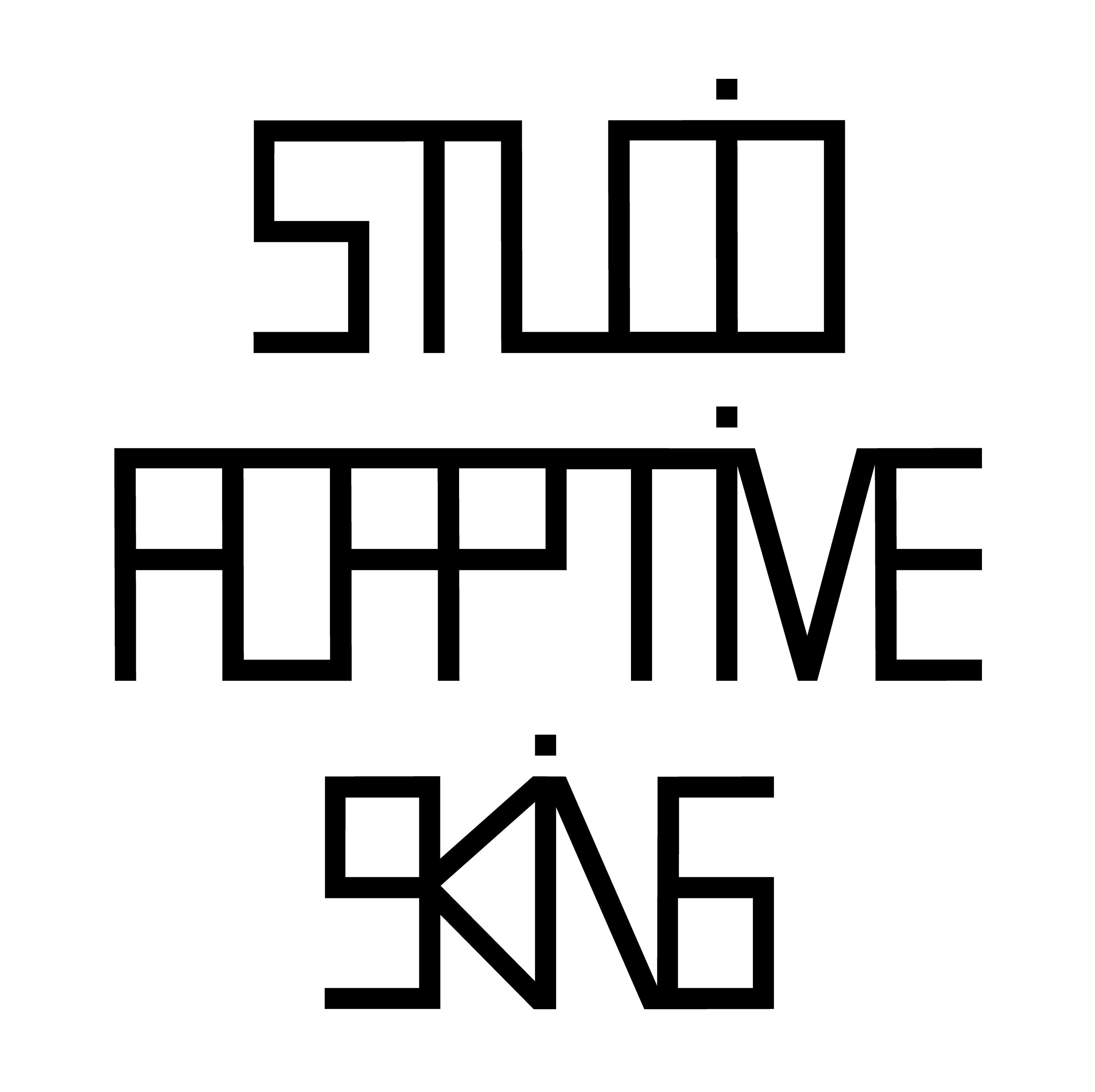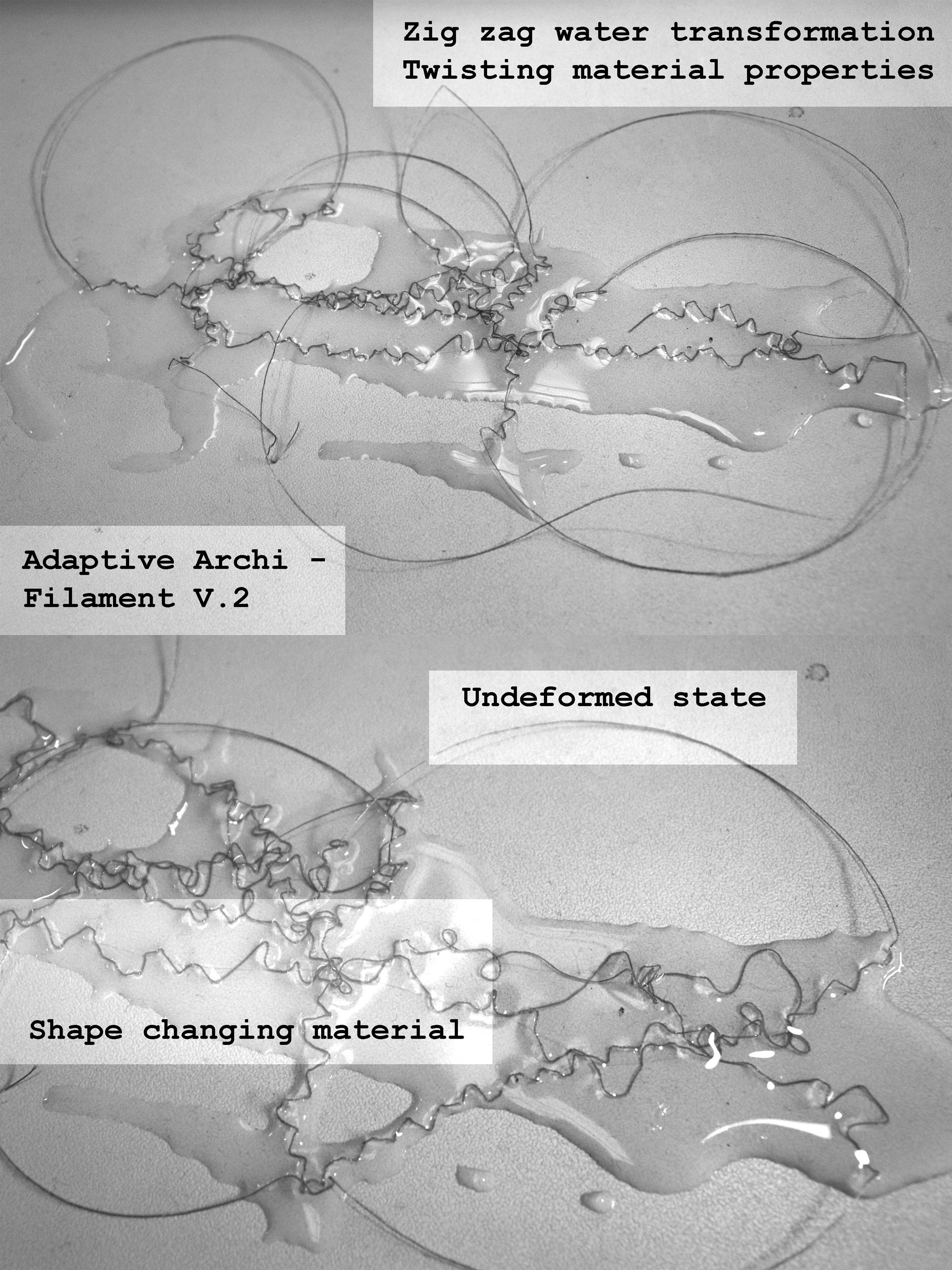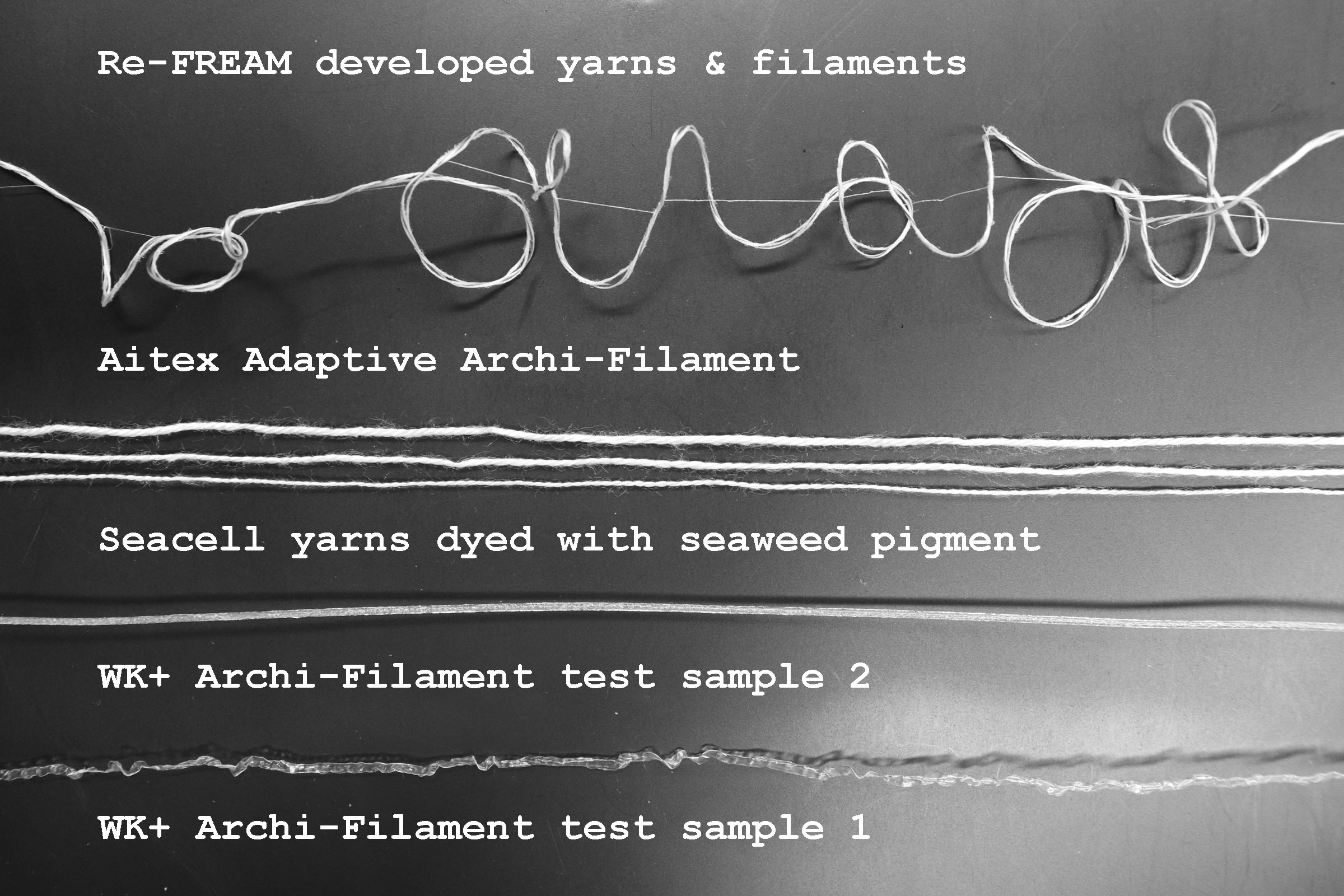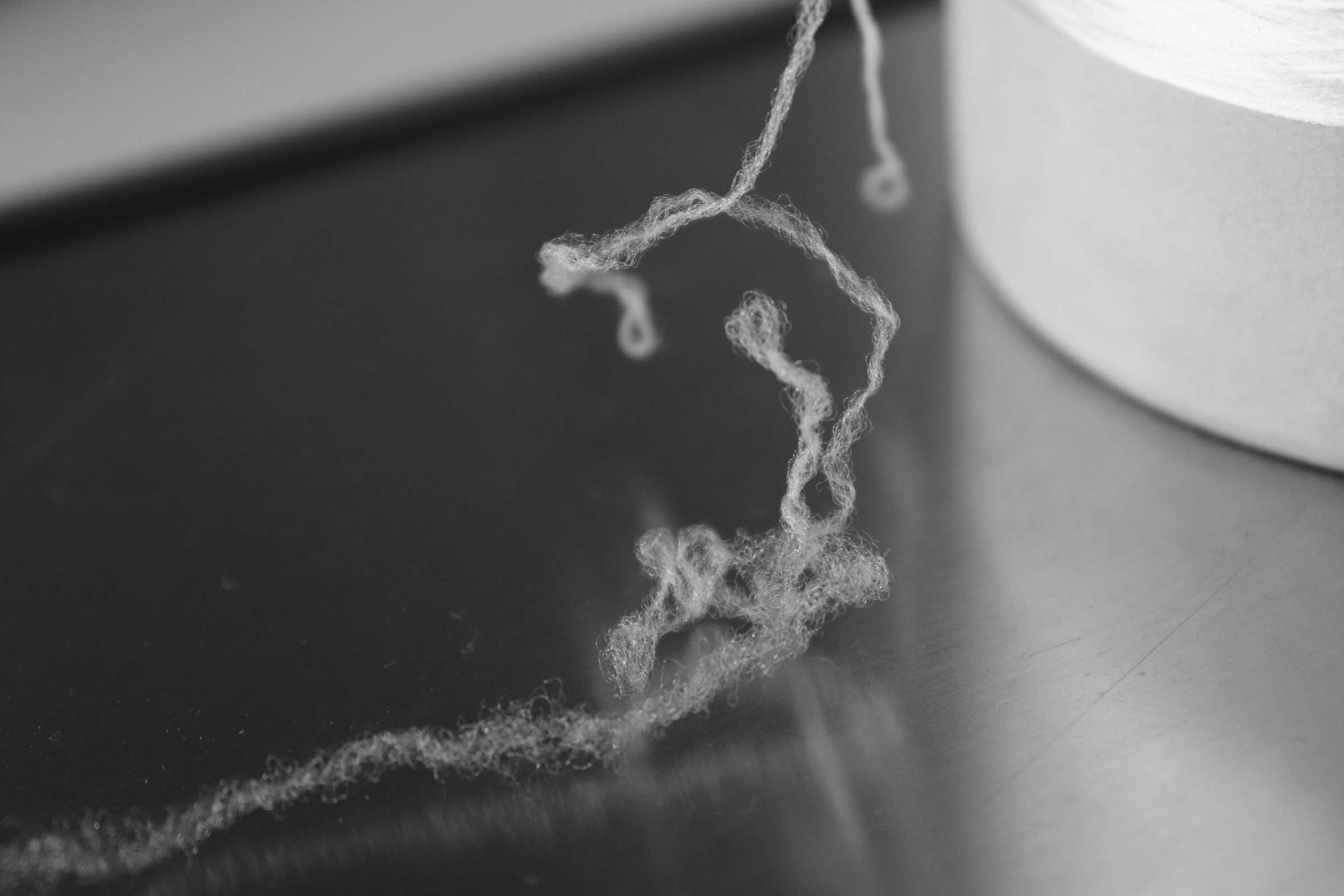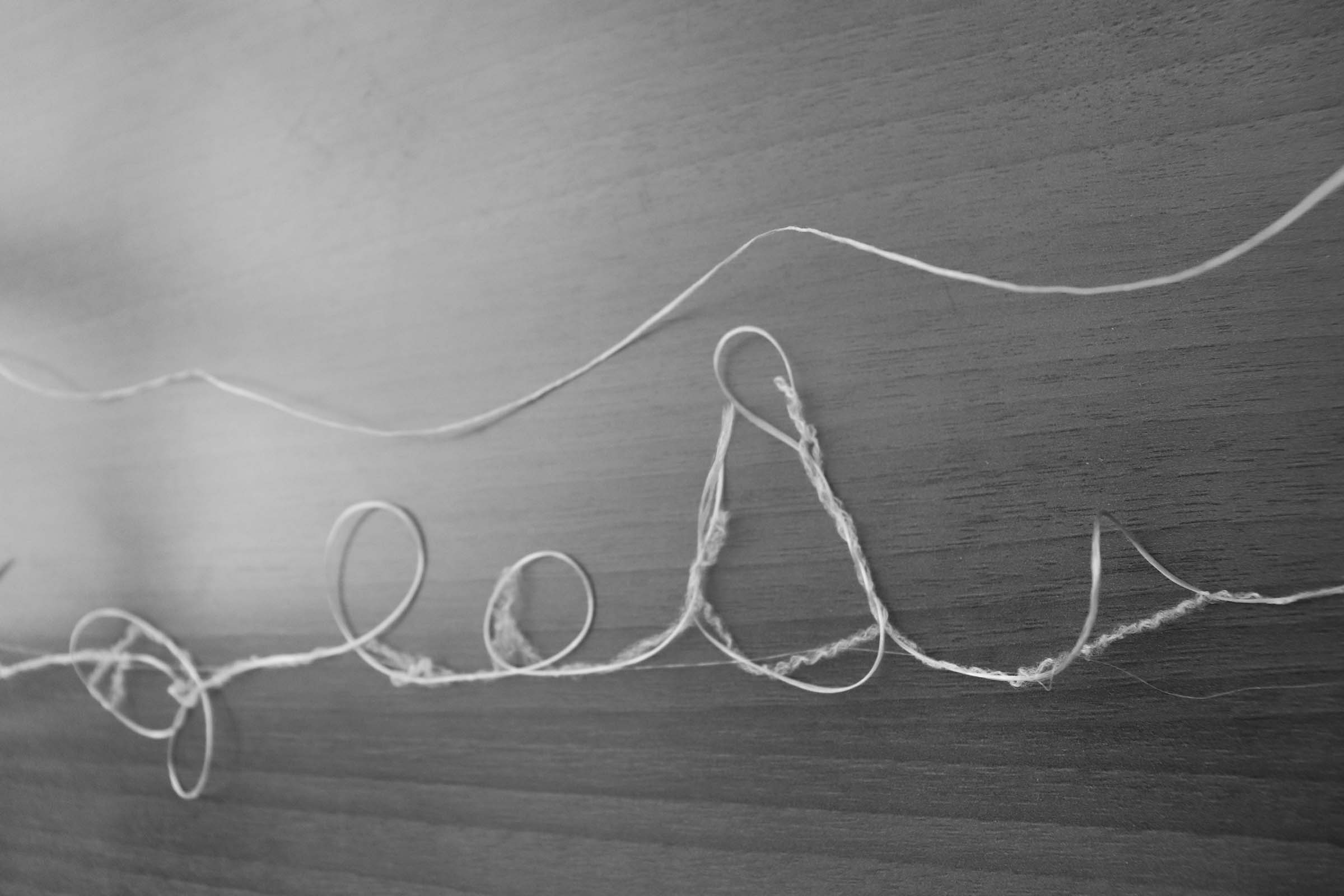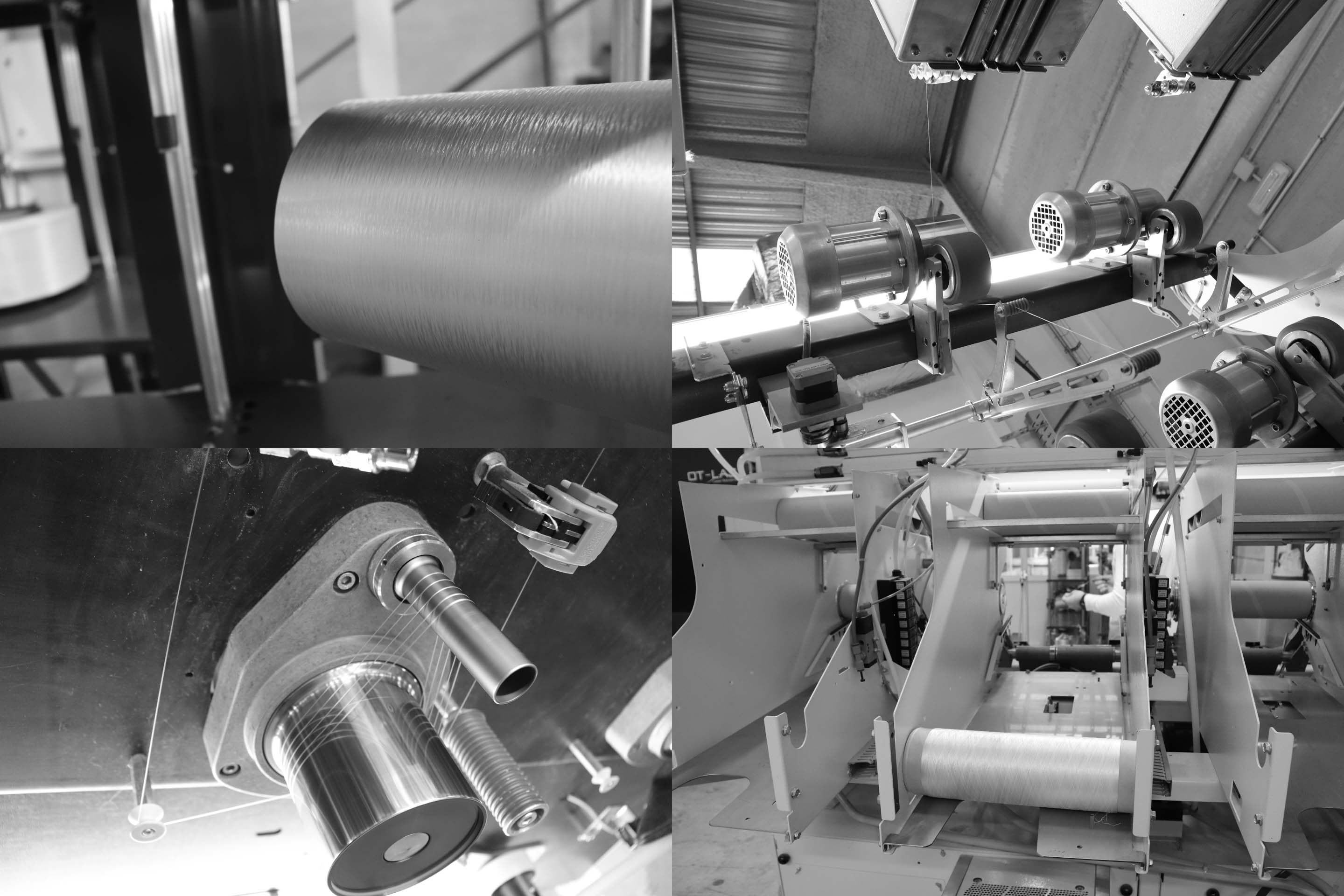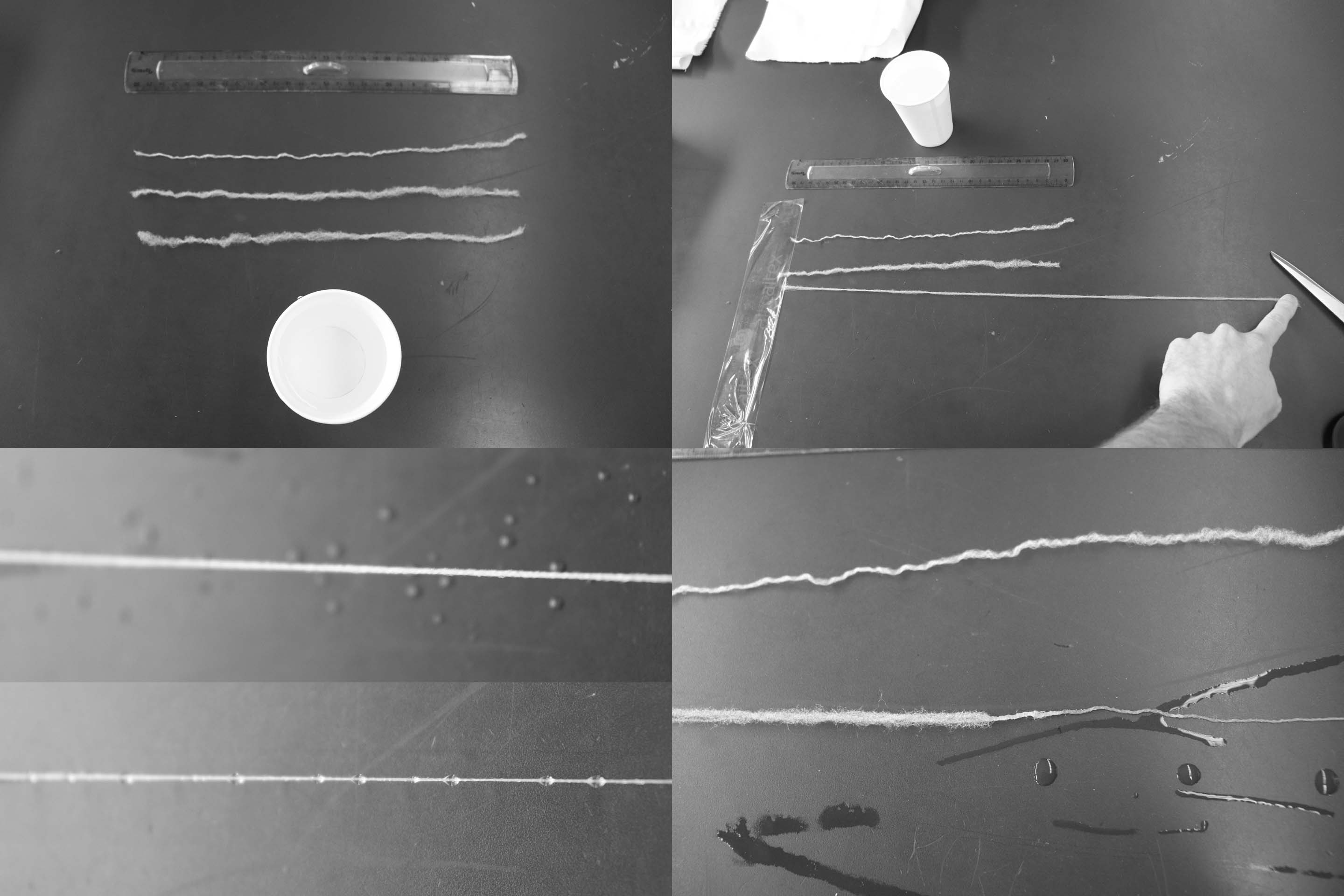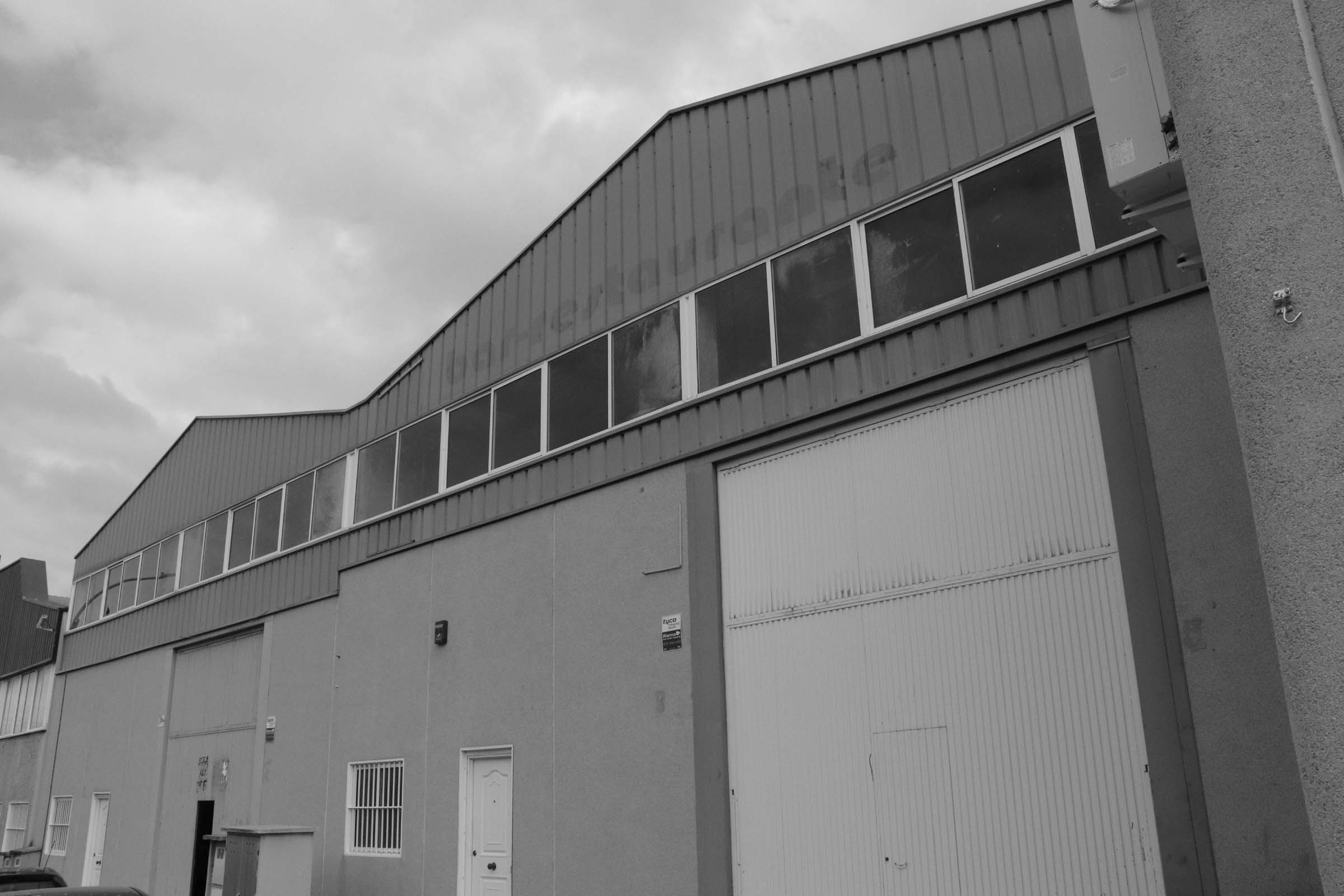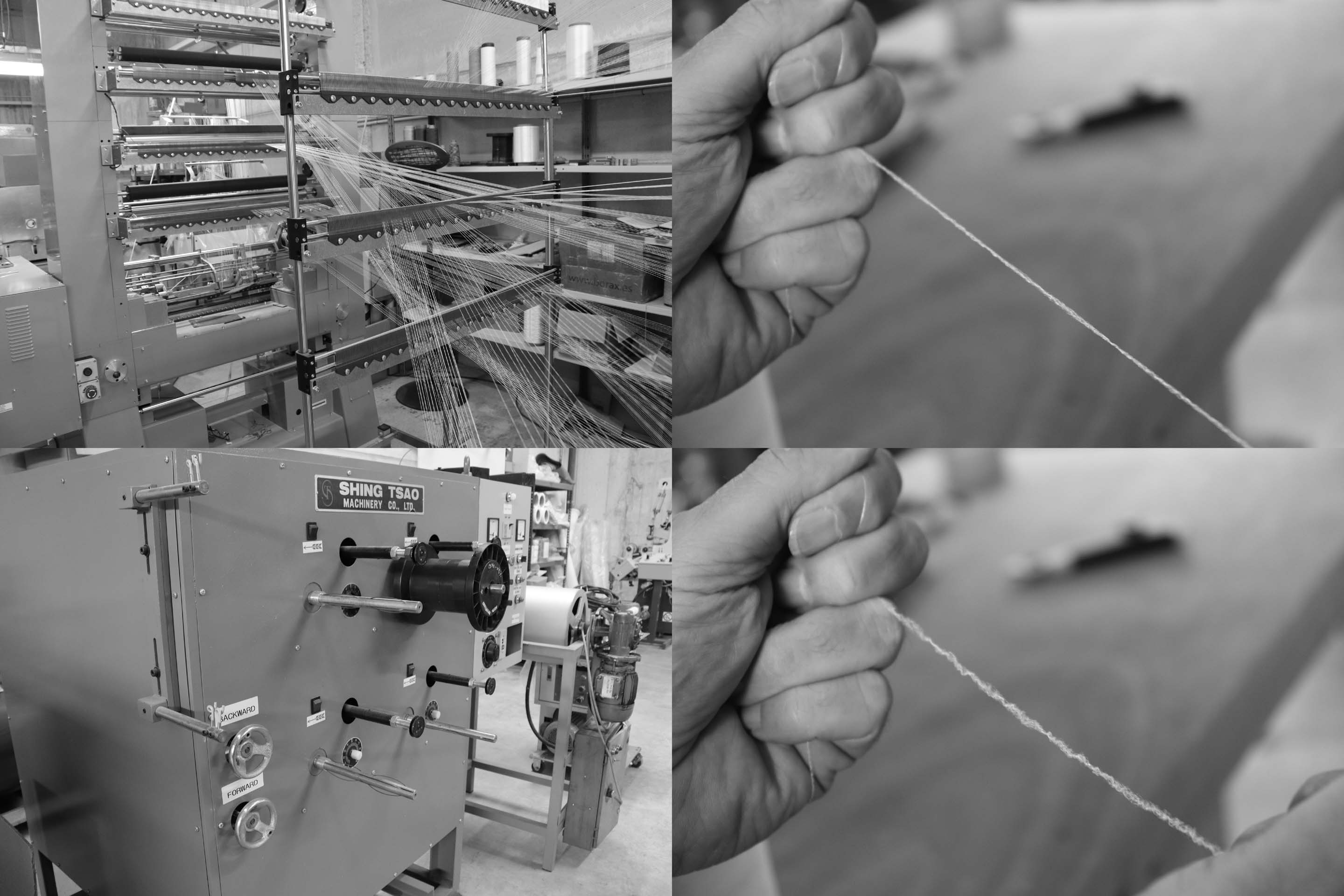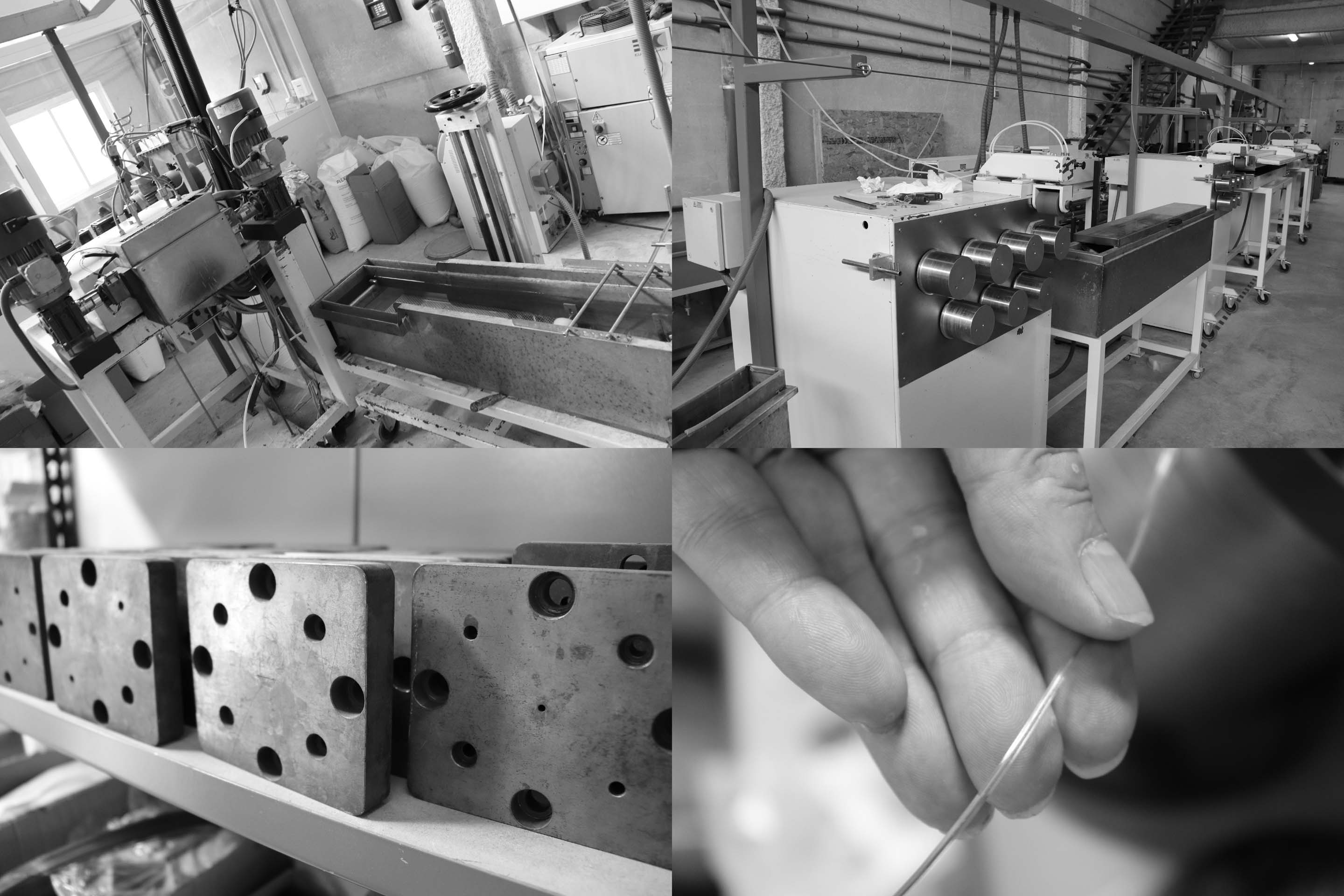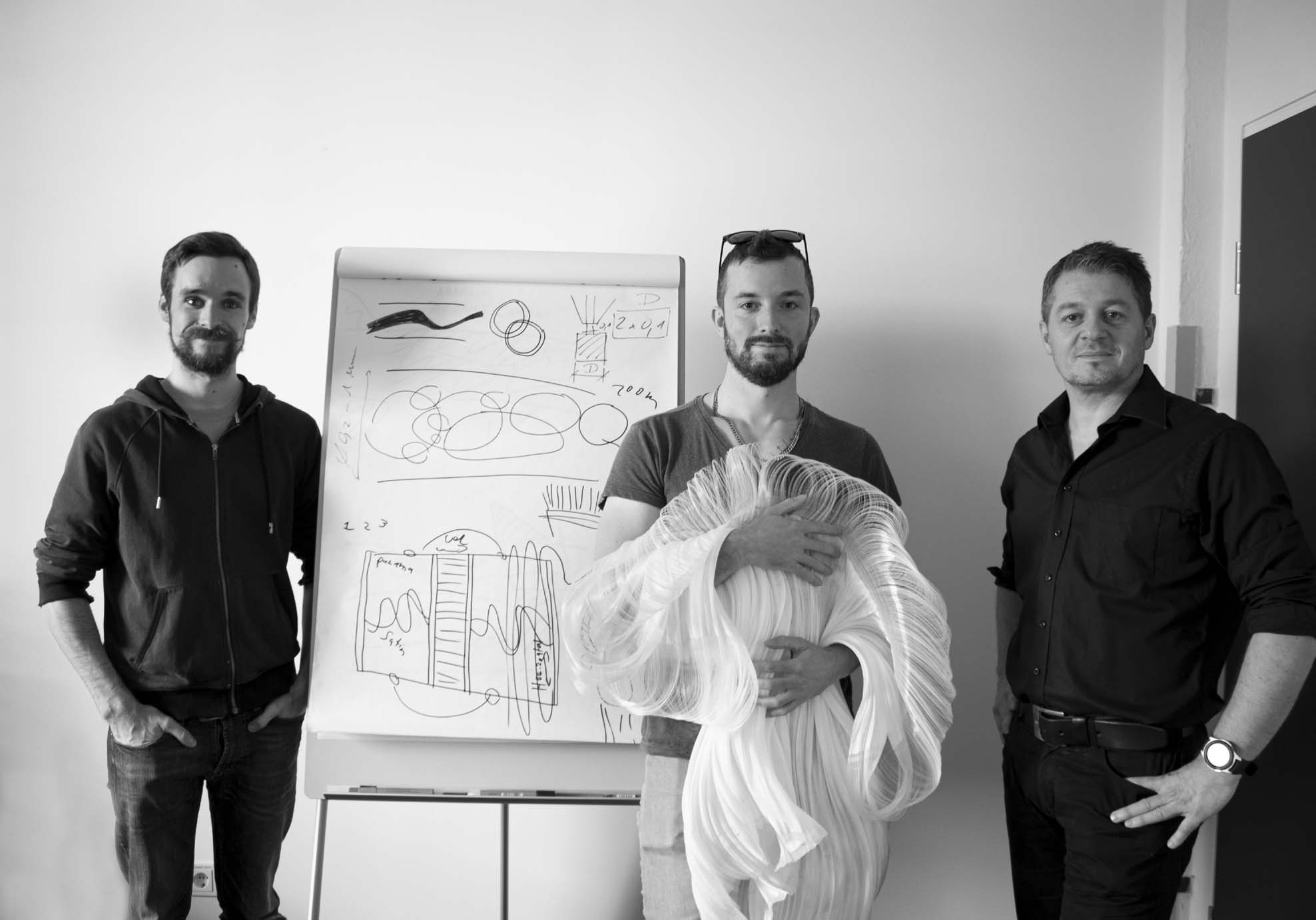Update 5: 06-06-2020
Re-FREAM filament evaluation:
- Aitex Adaptive Archi-Filament: This filament is very close to the original concept of project Marinero. The production process is technically very difficult and not easy to reproduce. Meaning that producing this filament is highly exclusive! *The only improvement that I would see in the future is to maybe experiment with new materials. But other than that, we reached the goal.
- Seacell yarns dyed with seaweed: These yarns were already bought from a company in Switzerland. The unique element added to this yarn was to dye the yarns with seaweed pigment. *The only improvement that I would see in the future is to develop a new type of seaweed yarn, using different kinds of technology.
- WK+ Archi-Filament test samples 1 + 2: During the filament deadline of project Re-FREAM we were able to develop a small production of two WK + test versions. We did not reach the technical level to create a prototype that matches the original concept. We developed two separate prototypes that have some characteristics of the original concept. The aim is to follow up developing new versions of the WK+ Archi-Filament.
Difference between the Aitex and WK+ developed techniques?
- The dip coating technique that Aitex used allows you to have more technical options. Meaning that the temperature applied to coat the yarns are not so high. You can work with more materials using this technique. The only challenge here is that the process is much slower (compared to the melt coating technique).
- The melt coating technique that WK+ used shows a lot of potential. However, the options for materials to use are more limited. Meaning that the temperatures applied are much higher (compared to the dip coating technique). *The potential here is that the melt coating is much stronger. Meaning that the transformation force of the core filament could be potentially higher. Resulting into a more stronger deforming Adaptive Archi-Filament.
- To conclude the biggest challenge of creating the Archi-Filament: finding the correct balance of materials versus coating. It´s required to keep all pulling filaments and yarns inside the coating. The coating must not burst or break. Everything inside needs to stay ''frozen''.
-
Update 4: 22-12-2019 Adaptive Archi-Filament version B ( version A = Aitex -> version B = Wood K plus )
A= soluble capsulized twisted yarn technique
B= texturized memory monofilament technique
Reference -> Haratech = partner of Wood K plus - follow up after 3D print Archi-Filament abandoned concept.
Wood k plus Linz visit 13 december 2019
- different tools
- Spinning tool
- Rolling tool with Aluminium, structure underneath foil and glue
- PA6 polymer
- 1 test, diameter to big, make it elongated
- No fishbone gelatine yet
- More textured filament instead of deforming filament
- Wood k different route
- Mono-filament, soluble addition to make it round
- Next to step to make aluminium cool down
- Pva on the outer-side? Fishbone in inside/alginit/gelatine
- Stretch is possible but it doesn't go back! Yarn should bounce back, like memory
- 1 - fishbone/algae and capsulate it, maybe with starch?
- 2 - adding flexibility
-Ejection molding
-Humidity
-Pressing machine
-Modular systems
-Diameter control for filament
-Mold binder / conical extruder
-Adding 1 mm nosel
-Encapsulating has to be done with melcoating
-Bigger hole for producing and incapsulating the filament
Question, with starch or pva?
*Challenge: melcoating to dip, the fishbone gelatine can get hot because of temperature
Starting with flakes,
Spinning machines with heated chamber
Carbon fiber production, slow tempo
Carbon, later on Biobased and cellulose fibers
*Hole plate transports the filament and afterwards cutting it
Challenge:
Plan a: 0,4 mm with elastic/recycled plastic and starch capsule
Plan b: fishbone gelatine and no chemical effect, elastine with starch capsule
-The textural part was most challenging
-Updating the output
-Very slow proces
-How to get the wavy structure was difficult, low speed needed
Next step:
-Order thermoplastic starch
-Pva from bacteria, type of bioplastic
-Building a professional ruler
-
Update 4: 07-12-2019 Adaptive Archi-Filament
In November Studio Adaptive Skins worked together with the Aitex yarn and filament technician group on creating the first test of the Adaptive Archi-Filament. Jef Montes explained about the ideas and the design of the archi-filament. He worked together with Javier Pascual on making a co-creation plan for the yarn design. It was important to first learn all about the machines that are available at Aitex, and after integrate these techniques with the concept of the Adaptive Archi-Filament. We agreed on first creating the mechanic components of the yarn, and than look how we can sustain the process by using other materials. For the test we used filaments and yarns that were already available at Aitex. We agreed to use sustainable yarns within the selected approved archi-filament test yarn prototypes. The materials that were used for the test are all synthetic based. (The sustainable yarns are still researched or needed to be ordered with external partner suppliers.) We succeeded to create a working technical yarn within the last few days during Jef's stay in November. 3 different types of mechanical yarns were twisted and coated with PVA dip-coating. 2 variations were made of the Adaptive Archi-Filament. The thickest version showed the best absorbing quality. Underneath you will find an overview of the first successful co-creation with Aitex Textile Research Institute in Alcoy.
-
Update 3: 05-12-2019
Creating a signature yarn needs it's own process time and patience. In a creative process it is mostly the case that you have an initial idea in your head, and than you need to adapt step by step. The initial idea was to work with the mechanical properties of the multi-filament and volume texturing machines. The process started with a challenge wanting to work with PLA (recycled sea plastic) and creating the volume effect. Doing the water test after it became clear that the mechanical properties change. In the context of the Adaptive Archi-Filament this was not working. We started to play around and add other mechanical components to create the desired effect. In the end of the starting process we got an interesting initial prototype of the Adaptive Archi-Filament.
-
Update 2: 29-10-2019
With textile research institute Aitex in HUB Valencia Studio Adaptive Skins will develop monofilaments with mixtures of sea plastics and sea-based materials (sea-weed). We will also look at the combination of alginate and dried sea-weeds. On 10-10-2019 Aitex presented a production demonstration at 2 of their facilities in Alcoy. The pictures underneath demonstrate the making process of the mono and nylon filaments. Inside the facility Studio Adaptive Skins will get the opportunity to analyse the steps of raw materials processing all the way towards the filaments. We can experiment with different materials and test the options. This process will be captured and explained step by step.
Photo @ Aitex
-
Update 1: 27-10-2019 - Adaptive Archi-Filament
With company Haratech in HUB Linz Studio Adaptive Skins will develop the ''ADAPTIVE ARCHI-FILAMENT''. This is a very exciting process to co-create on. It is the first time Jef Montes will develop an architectural filament. The properties of the filament need to be layered from the inner structure towards the outer structure of the filament. This will be done by the use of 3D printing techniques. The concept is to design and 3D print a filament that will unravel several layers by the use of rain. The idea behind this design is to create a filament that can be woven on the machine. The core of the filament will have many structures. These structures normally can never be woven on a machine. But the focus will be to surround these structures with a degradable smooth monofilament texture. Because of this technique the filament will be able to be woven. The picture underneath demonstrates the core idea of the filament.
Photo @ Haratech
-
One of the most important goals of the first stage of project Marinero is to create yarns. The sea-based yarns will be researched and developed in collaboration with scientists. My dream is to create sea-weed and byssus yarns that are usable for the TextileLab machines. The Re-FREAM network and Dutch national research universities will be great partners to work together with towards creating yarns. The recycled sea polluted plastics/monofilaments/nylons will be researched together with an international potential partner like for example Seaqual. The idea is also to focus on a future potential new plastic. Replacing for example the plastic monofilament - with a fishbone ( hybrid ) sustainable monofilament will be another future goal to realize. Next to that an option will be to work together with external yarn suppliers and the TextileLab yarn library. The whole process of the yarn development will be updated on this page.
Photo @ TextielLab
